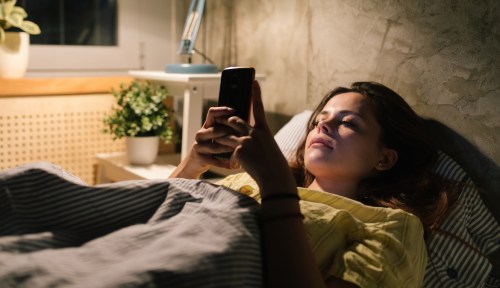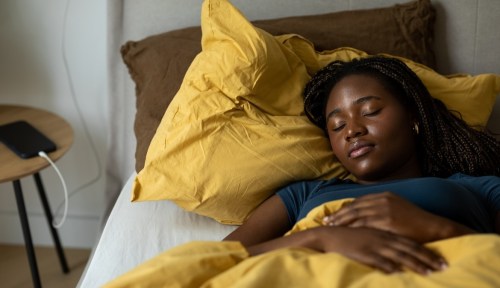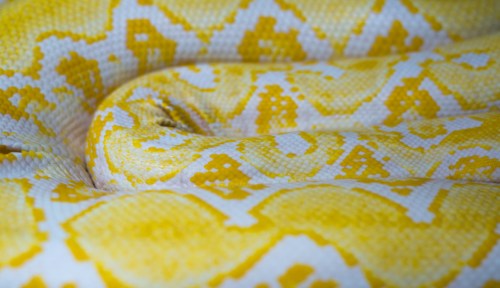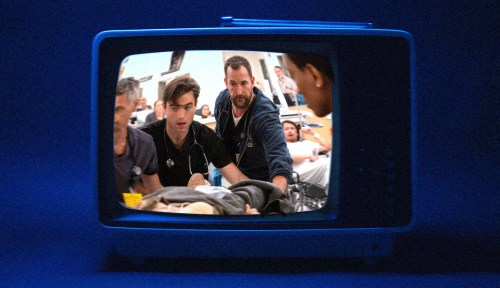There are a number of ways to sum up 2018. One in particular? It became the year we started taking biohacking really seriously. We discovered that optimizing our environment and our workouts alike allows us to supercharge the proverbial “cards we’re dealt” at birth. And FYI, sleep is no exception: A growing body of research suggests that your personal chronotype—your underlying circadian rhythm that dictates the ideal time you fall asleep and wake up—is very likely messing with your focus at your day job.
A study conducted in Germany in 2015 split steel workers into those who liked to work during the day (early birds), and those who preferred to hustle at night (night owls), reports The New York Times. Early results showed, both parties clocked 16 percent more sleep than they had on their previous work schedule. Just to put that into perspective, it means 35 hours of sleep per week could magically turn into more than 40 hours.
Why, you ask? Well, experts believe that each of us has an encoded “rhythm” to our sleep cycles, and when you don’t follow along to the beat, your quantity and quality of shut-eye suffers. (And need I elaborate on how harmful a lifestyle choice it is to skimp on sleep?)
“It really makes sense to think about when people have the most energy and when they’re peaking mentally.” —Camilla Kring, PhD
“It really makes sense to think about when people have the most energy and when they’re peaking mentally,” says Camilla Kring, PhD, a Danish consultant who helps employees learn their natural sleep cycles. And sleep expert Céline Vetter, PhD, says the 80 percent of people clock in and out at times that just aren’t ideal for their biology.
The fiscal effect of a bad night’s (or day’s) sleep is pretty apparent, too. Till Roenneberg, PhD, a chronobiologist who headed the steel workers study says an estimated 1 percent of gross national product in the US and Germany is lost at the hands of bleary-eyed workers. And as a result, companies like Southwest Airlines have begun to ask its pilots to decide their own schedules.
Someday, maybe all of us will get to redesign our 9 to 5 to look more like a 10 to 6. Or a noon to 8! Or a 4 to midnight! For now though, a sleepy employee can dream (albeit, inefficiently).
Did you know that you actually might *not* need to sleep with a pillow? And whatever time you prefer to call it a night, consider stretching it out before crawling under the covers.
Sign Up for Our Daily Newsletter
Get all the latest in wellness, trends, food, fitness, beauty, and more delivered right to your inbox.
Got it, you've been added to our email list.











